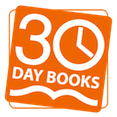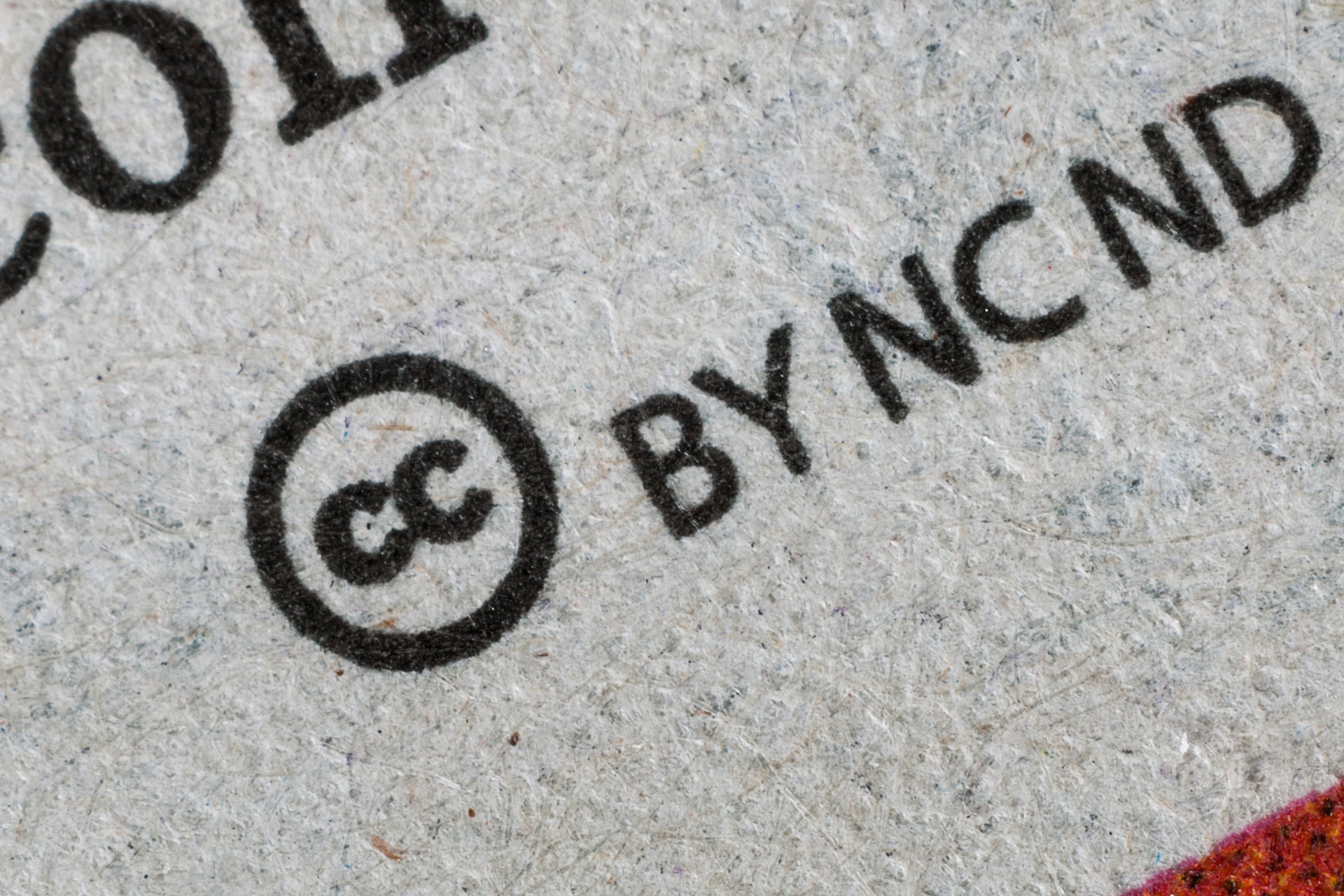How to Craft the Perfect Copyright Page in Your Book
When embarking on the exciting journey of publishing your book, there’s one page that often gets overlooked – the copyright page. Although it might not be the most thrilling part of your book, it’s an essential component that ensures your work is protected and presented professionally. In this comprehensive guide, we’ll delve into the world of copyright pages, demystifying the concept and providing you with everything you need to create a stellar copyright page for your own book.
So, buckle up and join us as we explore the ins and outs of copyright pages, guiding you through each vital element and helping you avoid common pitfalls along the way. By the end of this post, you’ll be a copyright page expert, ready to create a flawless and professional addition to your book. Let’s get started!
What is a Copyright Page?
Before we dive into the nitty-gritty details, let’s start by defining what exactly a copyright page is. A copyright page, also known as a colophon or edition notice, is a vital part of any published book. Typically located on the back of the title page, it serves as a legal and informational hub for your book, providing essential details about copyright ownership, publication information, disclaimers, and more.
The primary function of a copyright page is to establish and communicate the copyright owner’s rights, protecting your work from unauthorized copying, distribution, or adaptation. It also helps readers and industry professionals identify critical details about your book, such as the publisher, publication year, and edition information.
To give you a better understanding, let’s take a look at some examples from real books:
- In J.K. Rowling’s “Harry Potter and the Philosopher’s Stone,” the copyright page clearly states the author’s name, publisher, publication year, and copyright notice, among other details.
- “To Kill a Mockingbird” by Harper Lee features a concise copyright page that includes the copyright notice, edition information, and acknowledgments.
While these examples may vary in layout and design, they share the common goal of providing essential information to protect the author’s rights and inform readers. In the following sections, we’ll explore the key elements that make up a copyright page and offer guidance on crafting your own.
Essential Elements of a Copyright Page
Now that we’ve covered the basics of what a copyright page is and its purpose, let’s dive into the essential elements that you should include to create a well-rounded and professional copyright page for your book. Keep in mind that while some elements are legally required, others are optional but highly recommended.
Copyright notice
The copyright notice is the core element of any copyright page, indicating that the work is protected under copyright law. It typically includes the copyright symbol (©), the year of first publication, and the name of the copyright holder. For example:
© 2023 Jane Doe
Including a copyright notice is crucial to asserting your rights as the creator and owner of the work.
Publication information
The publication information section provides details about the book’s publisher, the publication year, and sometimes the place of publication. This information helps readers and industry professionals identify key aspects of your book’s production. For instance:
Published by W.W. Norton and Company
New York, New York
First Edition, 2023
ISBN
The International Standard Book Number (ISBN) is a unique identifier assigned to your book, making it easily discoverable and trackable in the global book market. Including the ISBN on your copyright page is essential for distribution and sales purposes:
ISBN 978-1-234-56789-0
Disclaimers and legal notices
Disclaimers and legal notices serve to protect the author and publisher from potential liability. These can vary depending on the nature of your book, but a common example is a statement specifying that any resemblance to real persons or events is coincidental in a work of fiction:
Any resemblance to actual persons, living or dead, or actual events is purely coincidental.
Edition information
If your book has multiple editions or printings, it’s helpful to include this information on the copyright page. This can be as simple as stating “First Edition” or “Second Edition,” or using a more detailed numbering system:
First Edition, 2023
10 9 8 7 6 5 4 3 2 1
Credits
Acknowledging contributors, such as editors, cover designers, and illustrators, is a considerate and professional practice. Including credits on your copyright page demonstrates gratitude and recognition for the people who helped bring your book to life:
Cover design by John Smith
Edited by Jane Brown
Illustrations by Lucy Johnson
By incorporating these essential elements into your copyright page, you’ll create a comprehensive and professional addition to your book that protects your rights and provides valuable information to your readers.
Creative Approaches to Your Copyright Page
While the primary purpose of a copyright page is to convey essential legal and publication information, that doesn’t mean it has to be dull and lifeless. Injecting some creativity and personality into your copyright page can make it more engaging for readers and help your book stand out from the crowd. In this section, we’ll explore some innovative ways authors have approached their copyright pages and provide inspiration for your own.
A touch of humor
Adding a dash of wit or humor to your copyright page can make it a more enjoyable read and showcase your unique voice. For example, consider this playful disclaimer from “Good Omens” by Neil Gaiman and Terry Pratchett:
“All characters in this book are fictitious, and any resemblance to actual persons, living or dead, is purely coincidental, although the authors would be frankly astonished if anyone tried to claim that the character of the Antichrist is based on them.”
Personal anecdotes or messages
Sharing a personal story or message can create a more intimate connection with your readers. For instance, some authors use the copyright or dedication page to express gratitude or share a brief anecdote about their writing journey:
“Special thanks to my friends and family for their unwavering support throughout this journey. I couldn’t have done it without you.”
Unique design elements
Incorporating eye-catching design elements, such as custom typography, illustrations, or creative layouts, can make your copyright page visually appealing and memorable:
“© 2023 Jane Doe
[illustration of a quill pen]
Published by Fantastic Press
New York, New York”
Remember, while it’s important to convey the necessary information, you can still have fun with your copyright page and let your creativity shine. Don’t be afraid to think outside the box and make your copyright page a reflection of your book’s distinctive style and tone.
Copyright Page and Self-Publishing
In the world of self-publishing, authors have even more control over their books, including the design and content of their copyright pages. If you’re a self-published author, it’s essential to understand the differences and considerations when crafting a copyright page compared to traditionally published books.
Register your copyright
While copyright protection is automatically granted upon the creation of your work, registering your copyright with the U.S. Copyright Office (or the equivalent organization in your country) provides an extra layer of protection. This registration process can help you in case of any copyright disputes or infringement cases.
Acquire an ISBN
As mentioned earlier, an ISBN is a unique identifier for your book, essential for distribution and sales purposes. As a self-published author, you’ll need to obtain an ISBN for your book, which can typically be done through the self-publishing platform you’re using or by applying directly through your country’s ISBN agency.
Include relevant disclaimers
Self-published authors should pay particular attention to disclaimers on their copyright pages, especially if your book contains potentially sensitive or controversial material. Including appropriate disclaimers can help protect you from potential legal issues.
Credit your publishing platform
Many self-publishing platforms require you to credit them on your copyright page. For example, if you’re using Amazon’s Kindle Direct Publishing (KDP), you may need to include a statement like this:
Published by [Author Name] through Kindle Direct Publishing
By following these tips and best practices, you’ll be well on your way to creating a professional and effective copyright page for your self-published book.
Common Mistakes to Avoid
Even with the best intentions, it’s easy to make mistakes when crafting your copyright page. In this section, we’ll highlight some common errors and misconceptions related to copyright pages and offer solutions to help you avoid these pitfalls.
Incomplete or incorrect copyright notice
An incorrect or incomplete copyright notice can undermine your copyright protection. Make sure to include the copyright symbol (©), the year of first publication, and the name of the copyright holder. Double-check the spelling of names and the accuracy of the publication year.
Neglecting essential elements
As discussed earlier, a comprehensive copyright page should include several elements, such as publication information, ISBN, disclaimers, edition information, and credits. Omitting these elements can lead to confusion or weaken your legal protection.
Overlooking legal requirements
In some cases, there may be specific legal requirements or guidelines you need to follow when creating your copyright page, such as registering your copyright or crediting your publishing platform. Research the requirements for your country and your chosen publishing platform to ensure your copyright page is compliant.
Inaccurate or unnecessary disclaimers
While disclaimers can be an essential part of your copyright page, it’s crucial to use them appropriately. Avoid using disclaimers that don’t apply to your book or making inaccurate statements. Tailor your disclaimers to the specific nature of your work.
Cluttered or confusing layout
A cluttered or poorly organized copyright page can be difficult for readers and industry professionals to navigate. Keep your layout clean and straightforward, using consistent formatting and clear headings for each section.
As we come to the end of our comprehensive guide on crafting the perfect copyright page, it’s clear that this often-overlooked element plays a crucial role in protecting your work and presenting it professionally. By understanding the essential components of a copyright page, incorporating creative touches, and avoiding common pitfalls, you’ll be well on your way to creating a standout addition to your book.
Remember, your copyright page is more than just a legal formality – it’s an opportunity to convey vital information, acknowledge the hard work of your collaborators, and showcase your unique voice as an author. With the knowledge you’ve gained from this guide, you’re now equipped to craft a copyright page that reflects the same level of care and attention you’ve poured into the rest of your book.

